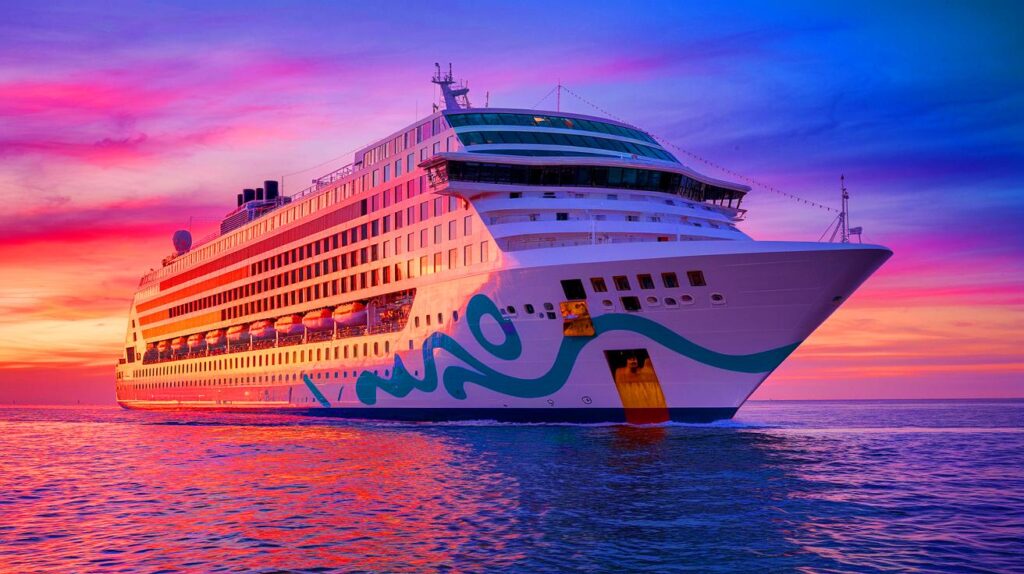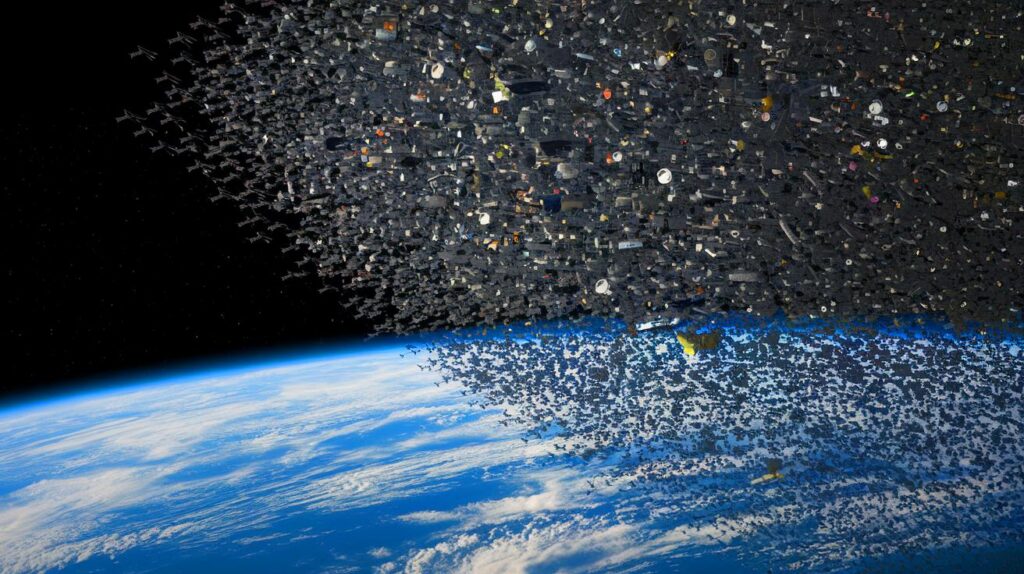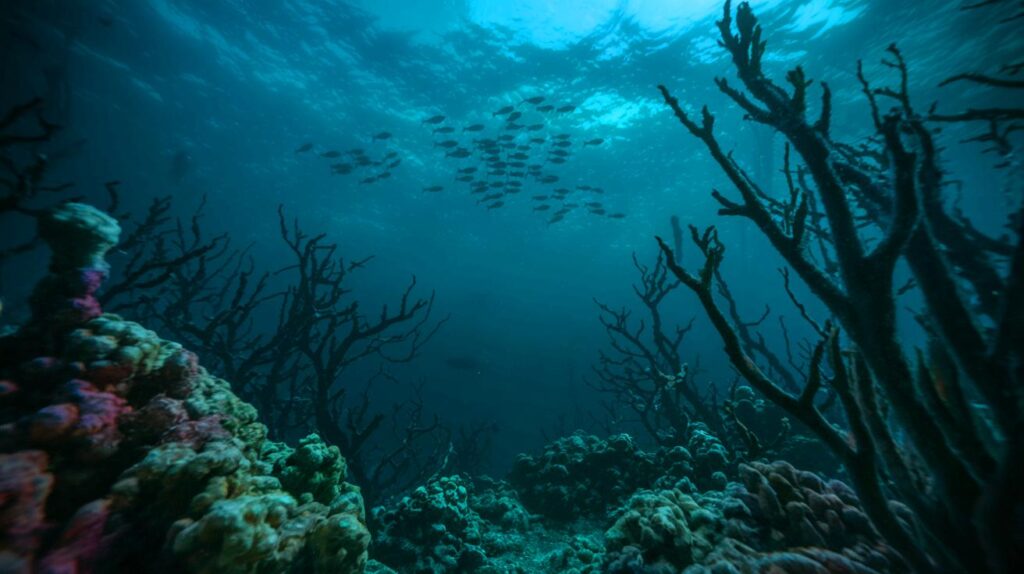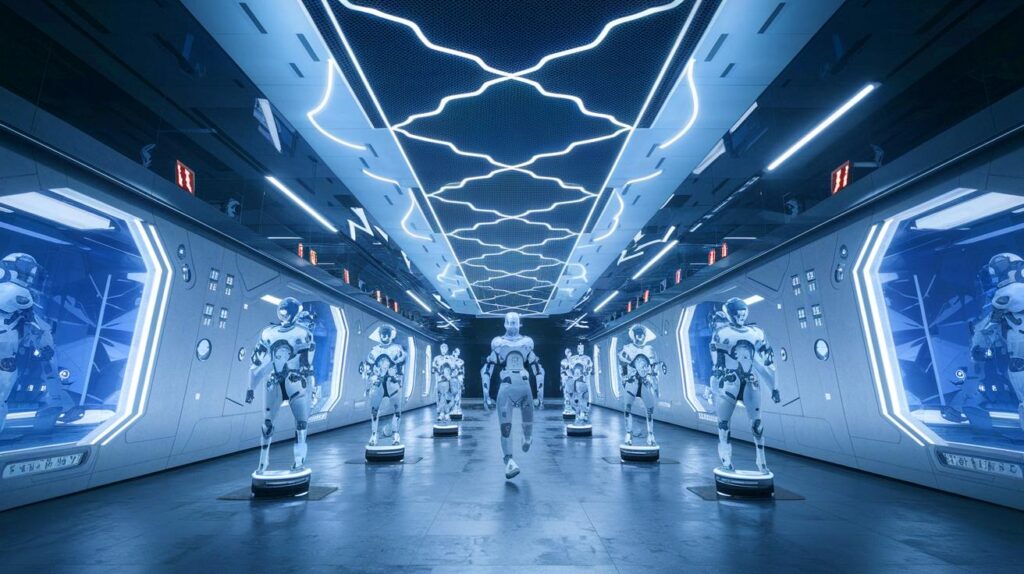| In Brief |
|
The development of the “Viking Libra” marks a significant advance in the cruise industry, introducing revolutionary hydrogen propulsion technology. This 239-meter-long ship, currently under construction at Fincantieri’s shipyard in Ancona, promises to transform the maritime industry by offering emissions-free navigation and operation. Scheduled for delivery in 2026, the Viking Libra exemplifies Fincantieri and Viking’s commitment to ecological transition. In this article, we will explore the innovative aspects of this ship’s construction, as well as its potential impact on the future of sustainable cruising.
Hydrogen Storage On Board
The hydrogen storage system on the Viking Libra is one of the project’s key innovations. Designed to be integrated directly on board the ship, this system uses a containerization technology that overcomes supply chain constraints. This innovative process will power proton exchange membrane fuel cells, optimized for cruise operations and supplied by Isotta Fraschini Motori, a subsidiary of Fincantieri. This advanced technology ensures a clean and efficient energy source, essential for propulsion and electricity on board. According to Pierroberto Folgiero, CEO of Fincantieri, this project embodies their commitment to shaping the future of sustainable maritime transport.
Agreement For Additional Ships
The collaboration between Fincantieri and Viking does not end with the Viking Libra. A second ship, the “Viking Astrea,” is also under construction in Ancona and will be delivered in 2027. Furthermore, an agreement has been signed for the construction of two additional ships, with an option for two more, scheduled for delivery in 2031. These new vessels will comply with the latest environmental regulations and include modern safety systems. This strategic decision by Viking, highlighted by its president Torstein Hagen, reflects an investment in hydrogen as a truly zero-emission solution.
Impact Of Hydrogen Technology
The use of hydrogen to power cruise ships represents a significant advancement in maritime decarbonization. The Viking Libra could become a catalyst for further similar developments in the industry. Globally, initiatives utilizing hydrogen are multiplying, as recently demonstrated by Kawasaki with its hydrogen robot concept, and Hyundai with its fuel cell electric vehicle, the NEXO. These innovations showcase the potential of hydrogen to reduce the carbon footprint of various modes of transport.
Toward A Sustainable Maritime Future
The construction of the Viking Libra and its hydrogen propulsion system raises considerable hope for a more environmentally friendly maritime future. With the ability to access ecologically sensitive areas without negative impact, this ship could redefine industry standards for cruising. The joint commitment of Fincantieri and Viking demonstrates a clear intention to prioritize responsible innovation and sustainability at the heart of their strategy. However, this transition to zero-emission cruising raises a crucial question: Will the maritime industry fully embrace this technology to transform its practices?







